Some of Your Plants Might Be Weeds
People have often taken plants from one region to another without knowing their potential harm and consequences. This unintentional practice has seen worldwide devastation. Most ecosystems lack the natural means to combat and control non-native plant species. With the right conditions, some non-native plants expand aggressively and become invasive and harmful.
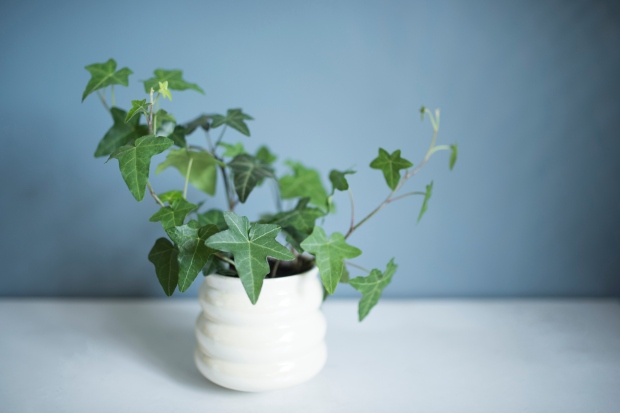
Many of your plants might be non-native, invasive weeds. These plants may be growing freely in the home and garden without you even realizing it. Therefore, it’s important to know what weed species are invasive in your area. Also, keep in mind that your local plant supplier might be distributing invasive weeds.
Let us take a look at some common invasive weeds and how you can keep them under control.
- Chinese Wisteria — Wisteria Sinensis
Native Location: China
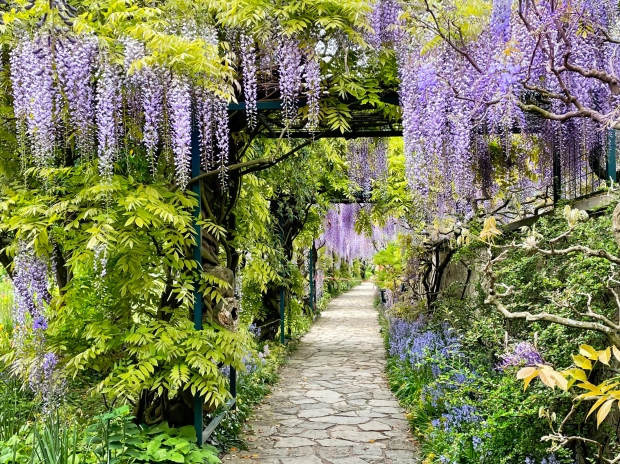
Native to China, the Wisteria is a very popular flowering vine located in many homes and gardens. In its non-native location, the vine will quickly displace the native vegetation. It even has the power to suffocate trees. It drops seeds that sprout in the vacated space of the suffocated plant.
Cutting back is recommended to stop the plant from spreading to an unmanageable size. Once the flowers fade, prune back before seeds develop during the summer. In addition, you can help stop the spread by pruning back any unruly shoots throughout the year.
Bamboo — Phyllostachys spp
Native Location: China, North Indochina
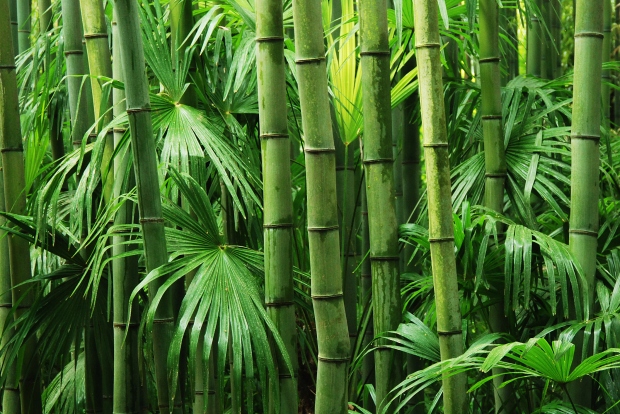
The bamboo is a giant grass that spans the globe, excluding Antarctica. Bamboo is a trendy house and garden plant with over 1,000 species. However, most people are unaware that it is one of the most invasive plants out there. It is an aggressive grower with the ability to dig its roots 20 feet underground. Its canopy can grow up to a foot a day!
The most effective way to stop bamboo from spreading is to plant it within a container; this prevents the roots from traveling to new areas. You can also trim the root or remove fresh sprouts from existing bamboo to keep it in check.
Winter Creeper/Creeping Euonymus — Euonymus fortunei
Native Location: China, Japan, Korea

Winter Creeper is a fast-growing evergreen vine that thrives year-round. Its ability to climb trellis and walls makes it an appealing addition to gardens. Yet it is an invasive plant that causes harm to other plants in the vicinity. Its mode of attack is to deplete nutrients and moisture from the soil and create a dense mat making it nearly impossible for natives to survive and regenerate. In addition, the growth rate and matting feature of the Winter Creeper allows it to grow on solid ground or climb up trees and structures.
Periodic pruning will control the spread of the Winter Creeper. Cutting back of the plant is essential after flowering before the seed has time to develop.
English Ivy — Hedera helix
Native Location: Europe, Western Asia
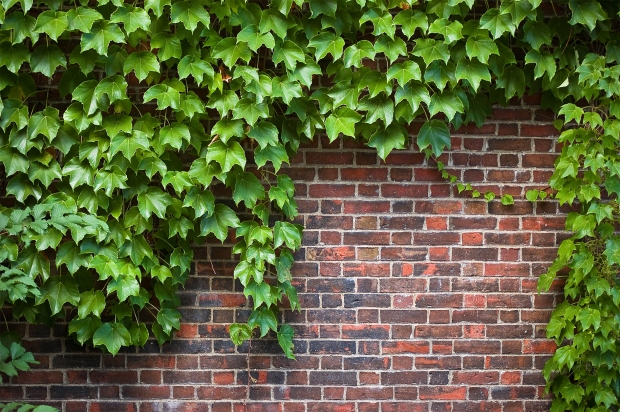
English Ivy is a vigorous growing vine that leaves destruction in its path. The vine suffocates and undermines any plant it overruns. If the ivy is allowed to grow large enough, it can form a sail from its structure that will catch wind and snow, forcing natives to succumb to bearing loads. Ivy vines are a favorite plant for tailing and climbing and are often seen on the facades of buildings.
Pinching off or snapping new growth of the English Ivy will limit the extent to which the plant can grow. Removing the berries before developing seeds also helps curb the ivy’s growth. For larger plants where removing berries is unachievable, the removal of germinating sprouts is your following option.
Mexican Petunia — Ruellia Simplex
Native Location: Mexico, The Caribbean, South Africa

Mexican Petunias are an aggressive purple flowering perennial that displaces native species, alters ecological functions and hybridizes with natives. This plant is a popular choice because it produces low-level sprawling hedges or clumping patches.
The continuous cutting back of the petunia is the best control method. The plant proliferates and requires pruning and the removal of any spreading shoots several times a year.
Periwinkle — Vinca minor
Native Location: Europe, Western Asia

This ground-cover plant is an attractive alternative to grass and lawns. Its lovely flowers and foliage provide easy maintenance, whether grown inside or out. A fast-growing creeper, it naturally creates a matting on forest floors displacing native herbaceous, woody plant species leaving the area bare of natives.
The periwinkle, much like other flowering plants, produces seeds post-flowering. Heavy annual pruning keeps the plant to a manageable size.
Weeping Lovegrass — Eragrostis curvula
Native Location: Southern Africa
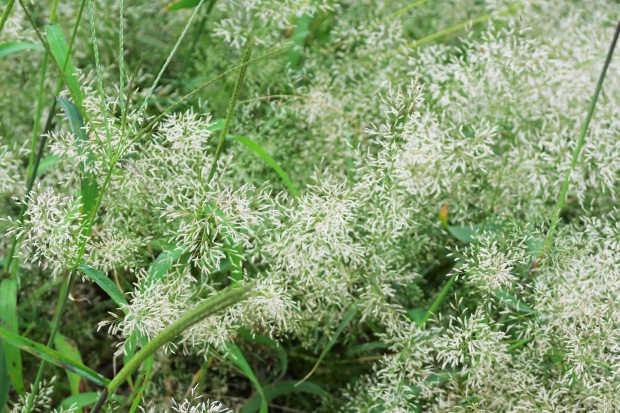
This tall grass provides exotic foliage to gardens. It is also planted as a cover to protect areas from erosion. Lovegrass is a quick establisher that can spread 175 meters per year. It overtakes its native competitors and reduces food sources for grazing animals. This grass species can also create a fire hazard in hot climates.
Like many types of grass, it can grow very tall if uncontrolled. The Weeping Lovegrass can extend to three to four feet. Pruning it back to 12 inches before seeding and pulling out new side shoots will keep this explosive plant under control.